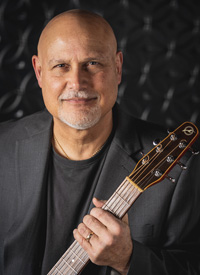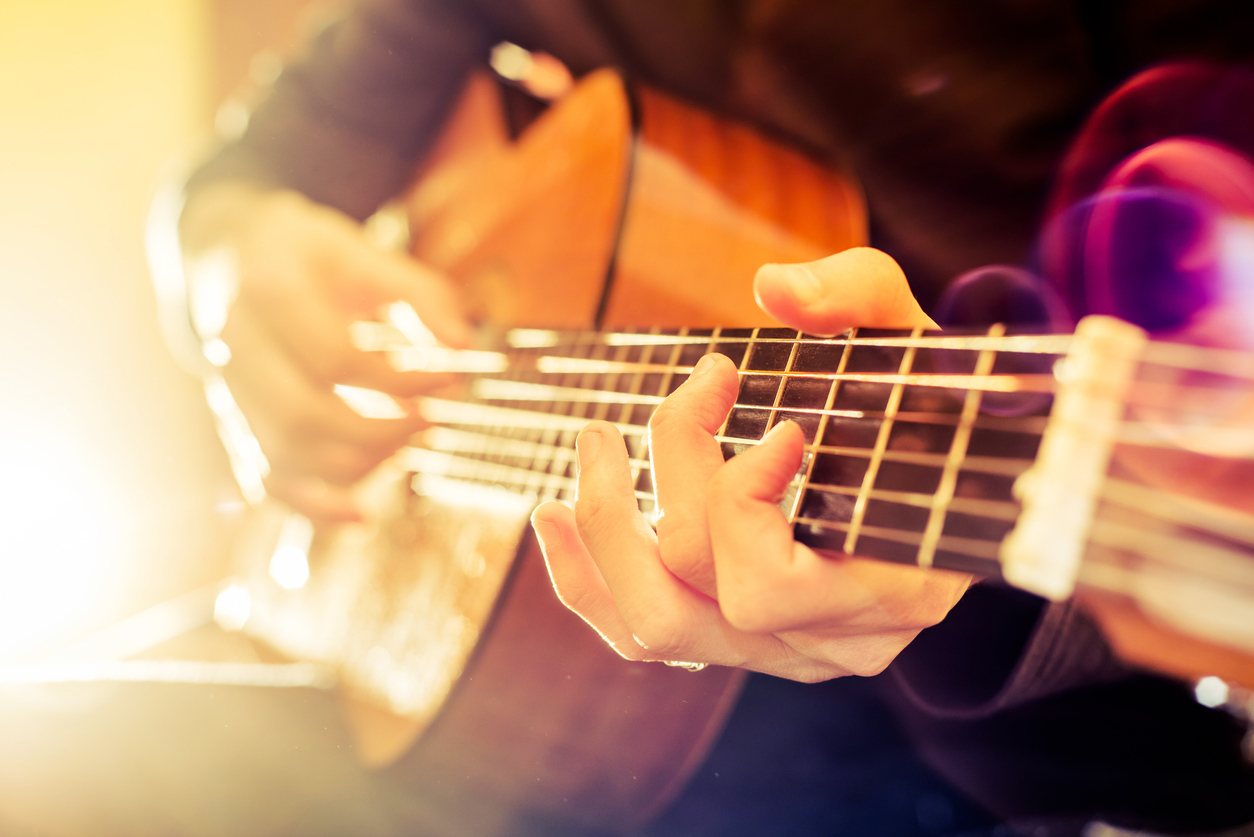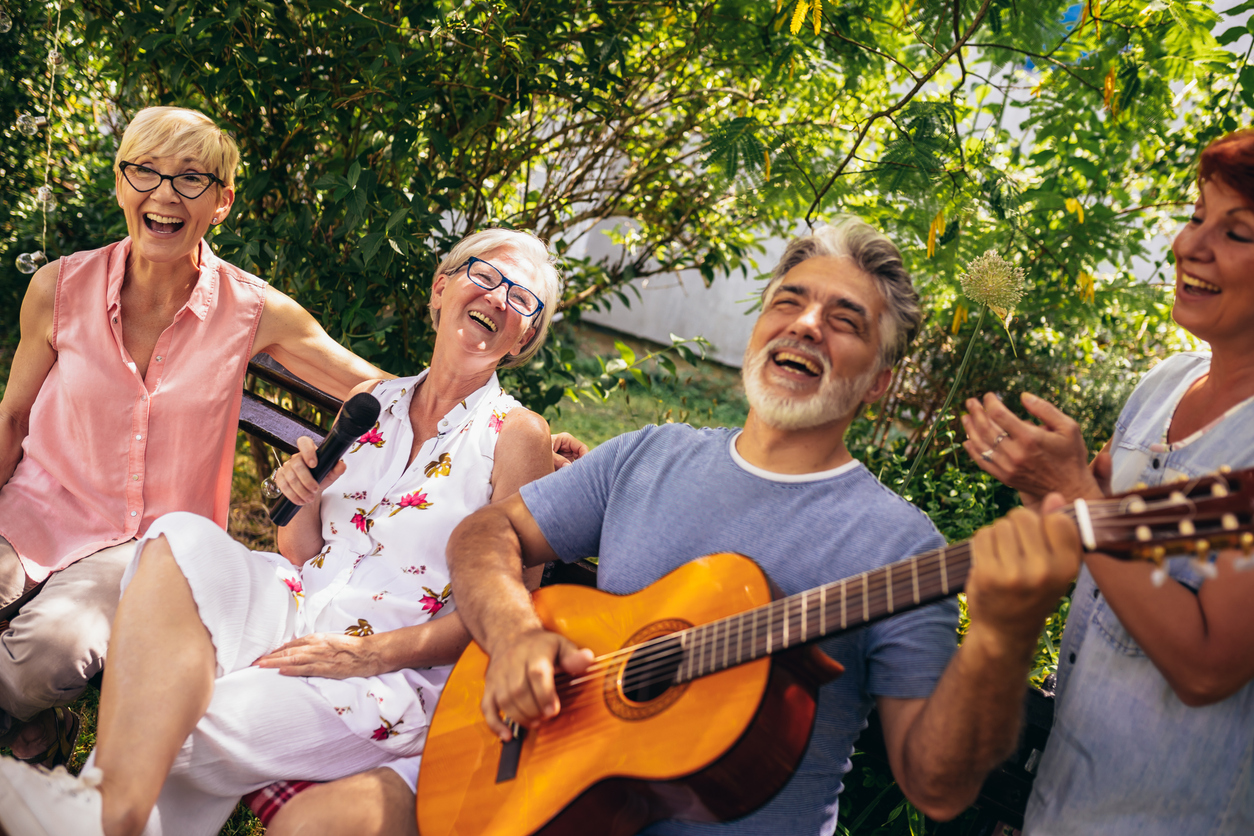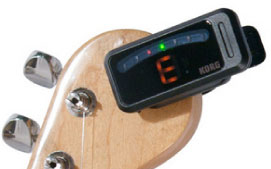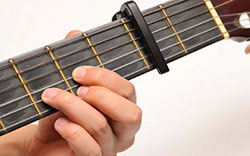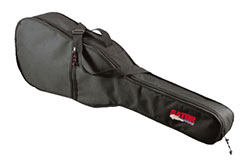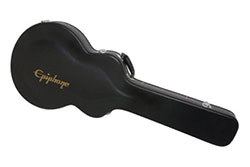Need Help?
FAQs
Have questions about booking Rick Iacoboni for your event? We’ve got you covered. Explore our FAQ section for quick answers to the most commonly asked questions about Rick’s performances, availability, and services.
There’s no age limit in learning the guitar. Anyone can learn to play the guitar, at any age, period. In many instances, adult students have less distractions and more time to devote to learning guitar. Making the time to practice is the single most important factor in whether you or anyone at any age will be successful in learning guitar. Guitar playing is not about age. It’s about passion, creativity and just having fun!
If you practice 15 minutes a week, it could take at least a year to learn the basics. However, if you practice 15 minutes daily, you will notice improvement within a couple of weeks. Daily practice is more effective than an hour of practice on a Saturday. Some students find that practicing at the same time every day — i.e. after school, work or dinner; or just before going to bed – is the way to develop a consistent routine.
Sore fingertips are very common for beginners or for those who haven’t play guitar for a long period of time. The more you play, the faster calluses will build up on your fingers. Soreness is natural and nothing to worry about. Over time soreness will go away. If it becomes an issue, take a short break and come back to it later.
The fingernails on the fretting hand (the hand placed on the guitar) have to be short. For the hand used to strum the strings, you have two options: use a guitar pick or finger-pick. In both cases you can have longer nails.
Only you can answer that question. It’s whatever feels more natural to you. An easy way to figure it out is to stop what you are doing RIGHT NOW and play some air guitar for a few seconds. Don’t think about it – just do it! Which hand did you use to strum? If it was your left hand, you should play left-handed, and vice-versus with your right hand.
Regardless on what people say, there is no advantage of playing left- or right-handed. Obviously, being a right-handed world, guitar dealers will stock mostly right-handed guitars. However, they can easily order left-handed guitars, or you can order them yourself online. Don’t let a little inconvenience determine which way to play the guitar. Let nature take its course. FYI: I am left-handed and play guitar right-handed.



